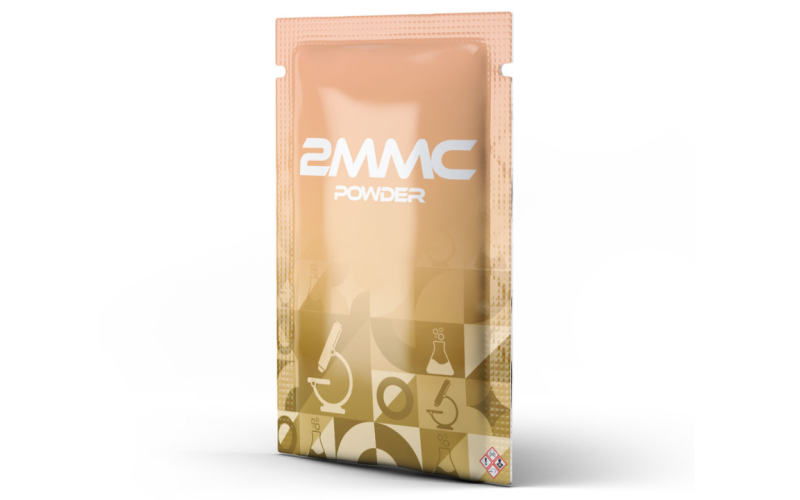We only sell our products to customers aged 18 years or over, for purposes of research only.

How to Test 2MMC Purchased Online: Ensuring Quality and Safety
When purchasing research chemicals such as 2MMC online from trusted specialists like Aimimichem, a detailed and careful approach to testing is essential for ensuring the safety and quality of the substance. Here is a comprehensive guide divided into five sections to help you perform these tests accurately and responsibly.
The Necessity of Testing 2MMC
Testing is fundamental for several reasons: ensuring safety, confirming quality, and maintaining regulatory compliance. First and foremost, safety is a major concern because improper chemical composition can pose serious risks to health and safety in a research environment. Quality assurance through testing also verifies that the 2MMC meets the necessary standards required for valid scientific experiments, ensuring that research results are reliable and reproducible. Furthermore, regulatory compliance is crucial as it ensures that the use of 2MMC adheres to the legal standards set by local and international laws, avoiding potential legal issues.
We only sell our products to customers aged 18 years or over, for purposes of research only.

Comprehensive Testing Methods
Visual Inspection and Reagent Tests The initial phase of testing involves a visual inspection to check for consistency and purity in the appearance of 2MMC, which should be a white crystalline powder. Any discrepancies in color or texture can signal contamination. This is followed by reagent tests such as the Marquis or Froehde tests, which are preliminary tests that involve adding a reagent to a small sample of the chemical and observing the color change to confirm the presence of 2MMC.
Advanced Analytical Techniques Following preliminary tests, more sophisticated methods like Infrared Spectroscopy (IR) and Nuclear Magnetic Resonance (NMR) Spectroscopy provide deeper insights. IR Spectroscopy identifies molecular vibrations that reveal functional groups in the molecule, while NMR Spectroscopy offers detailed structural information and is crucial for verifying the molecular structure and purity of the sample.
Chromatographic Analysis For precise quantification and to assess purity, techniques such as High-Performance Liquid Chromatography (HPLC) and Gas Chromatography-Mass Spectrometry (GC-MS) are used. HPLC separates components based on their interaction with a specific column material and solvent, whereas GC-MS provides a detailed composition profile by identifying all chemical entities present in the sample.
pH Testing Finally, a pH test assesses the acidity or alkalinity of an aqueous solution of 2MMC. This test is quick and helps verify that the chemical composition of the substance matches expected profiles, ensuring the stability and consistency of the compound.


By integrating these testing procedures, researchers can comprehensively assess the quality of 2MMC acquired online. This ensures safety in handling and use in research environments, maintains scientific accuracy, and supports compliance with legal and regulatory standards. Ensuring the purity and safety of chemicals like 2MMC protects the integrity of scientific research and the well-being of its participants.
Have Any Questions
We've answers
2-Methylmethcathinone (2MMC) is a type of synthetic cathinone, similar in structure to amphetamines. Testing is crucial to verify its purity and to ensure that no harmful adulterants are present, thus maintaining the integrity of your research.
To test 2MMC from Aimimichem, you should use reagent testing kits such as Marquis, Mecke, and Mandelin. These tests provide quick indications of the presence of specific substances and can help identify any impurities.
We only sell our products to customers aged 18 years or over, for purposes of research only.
